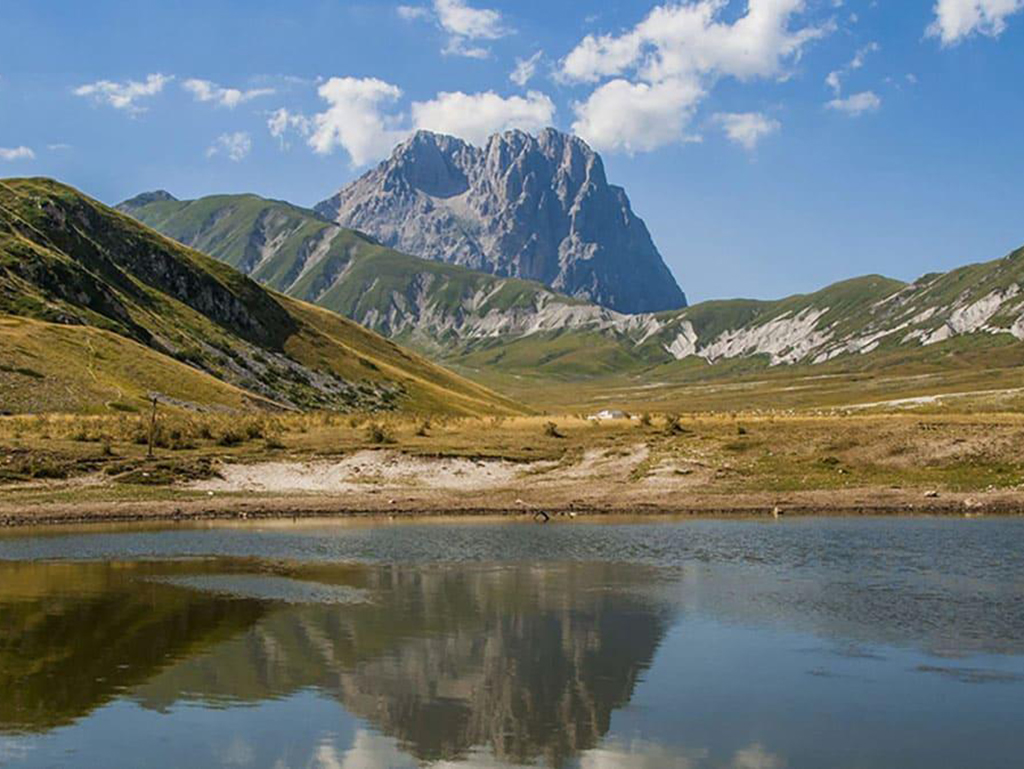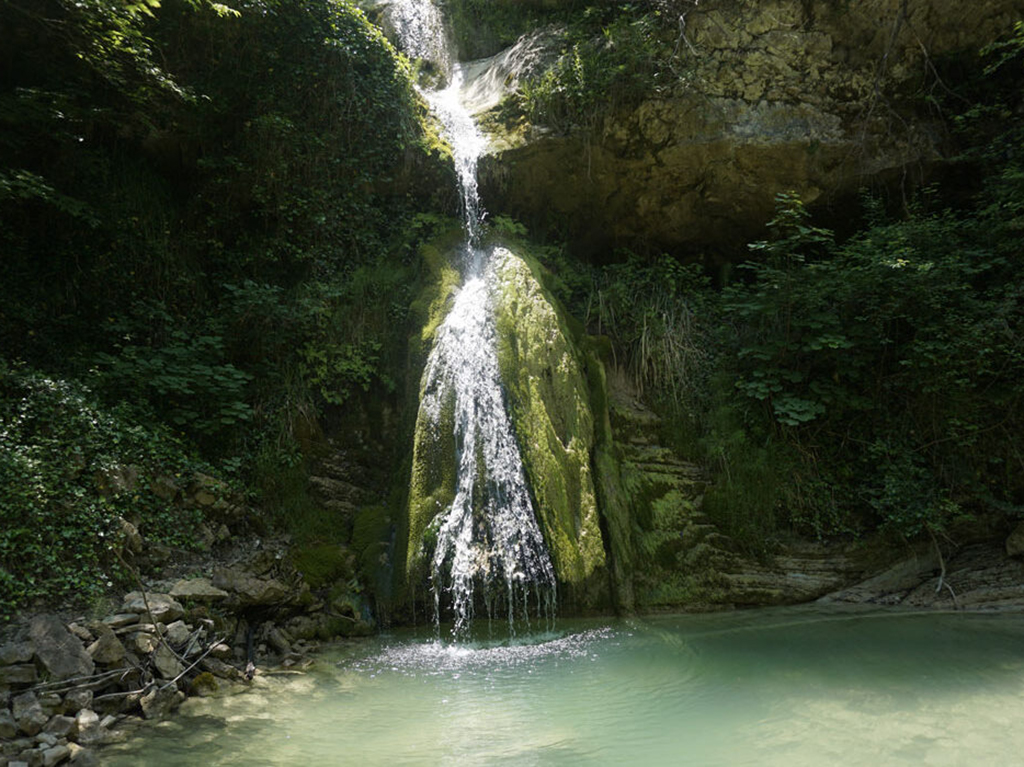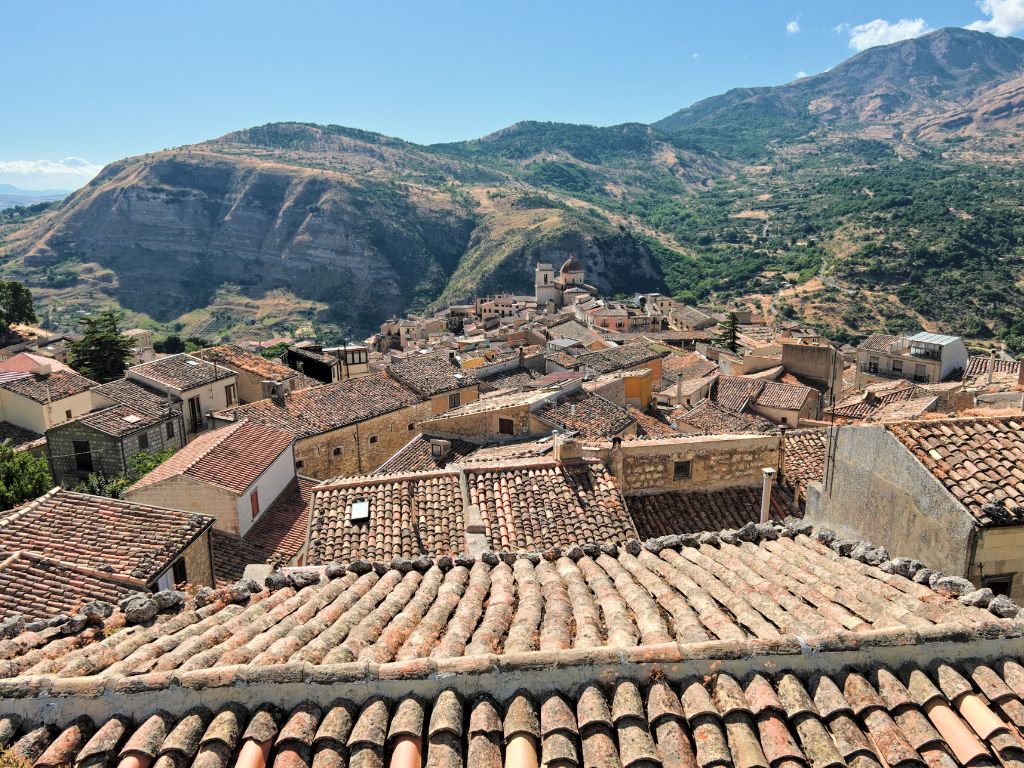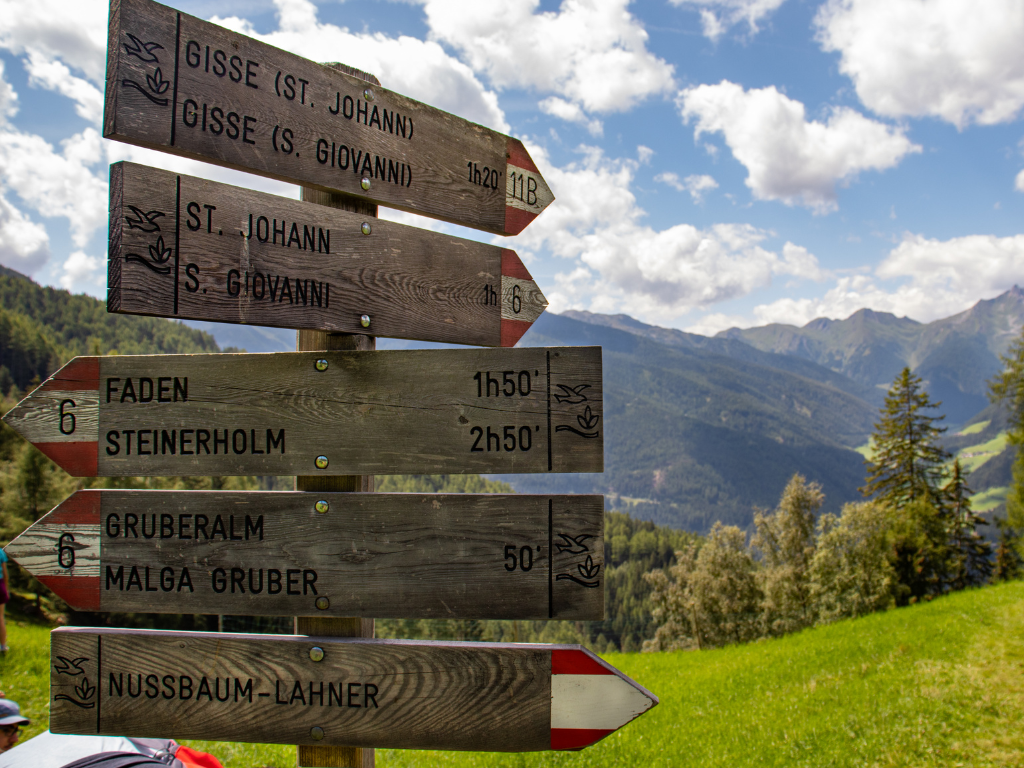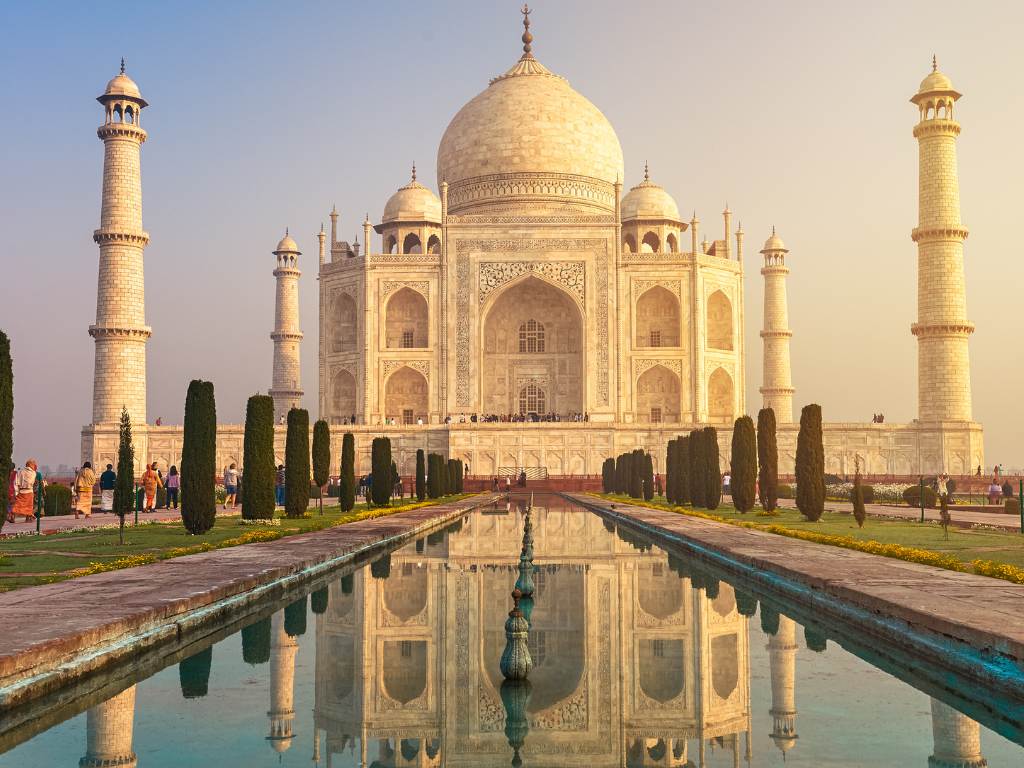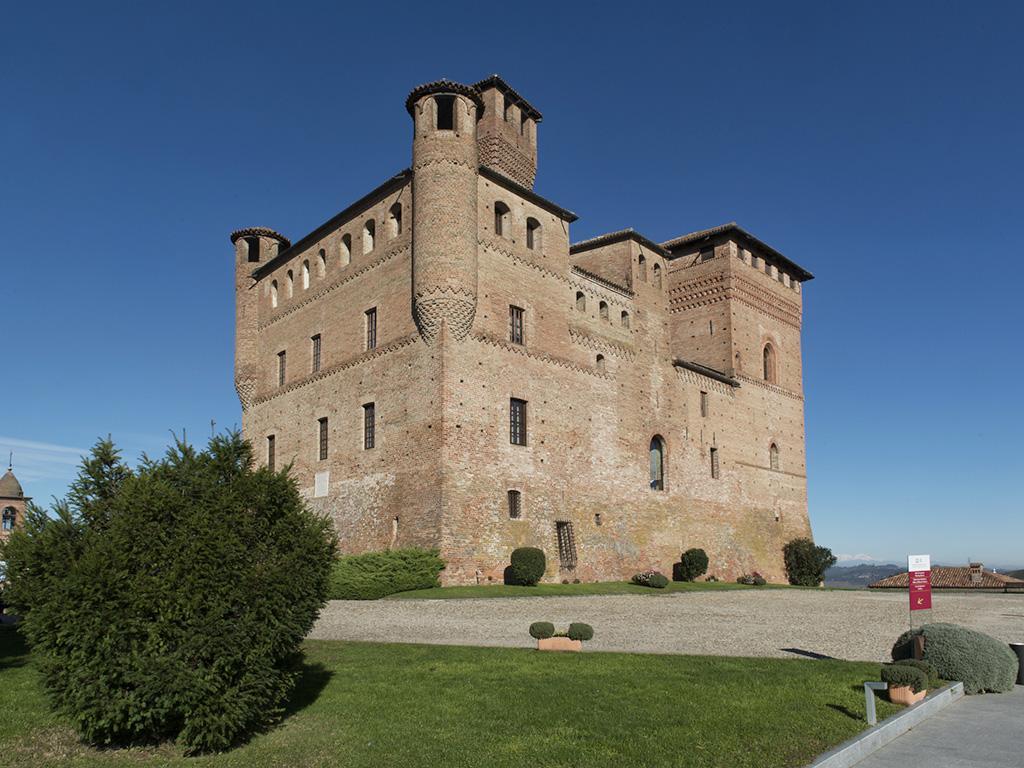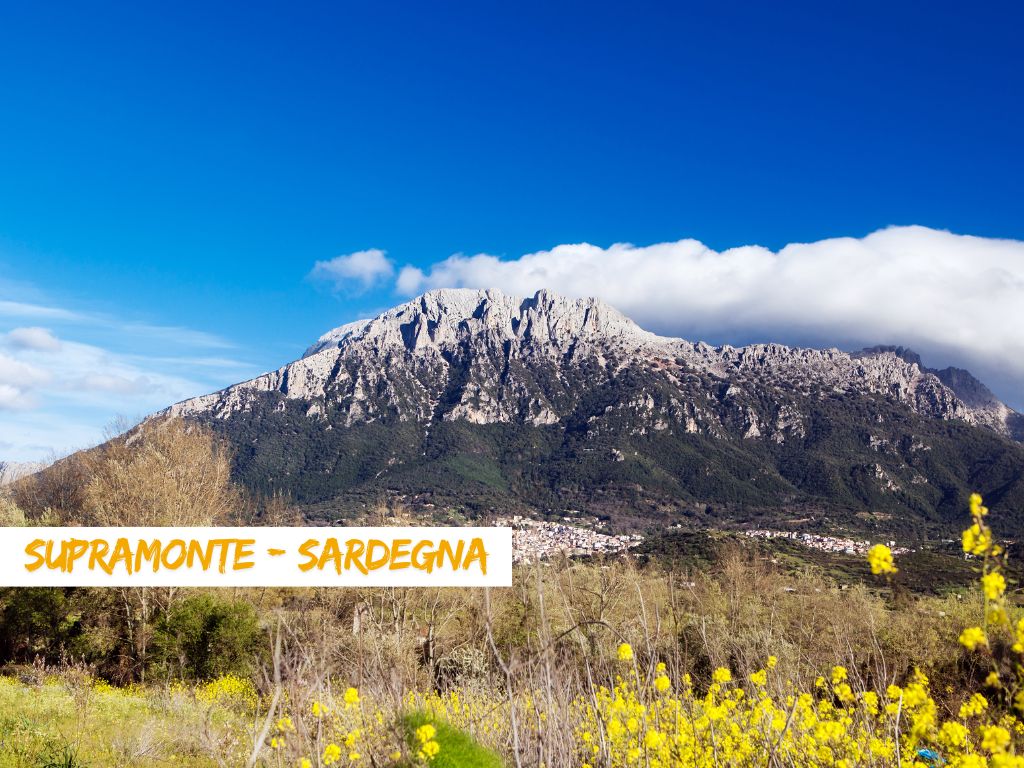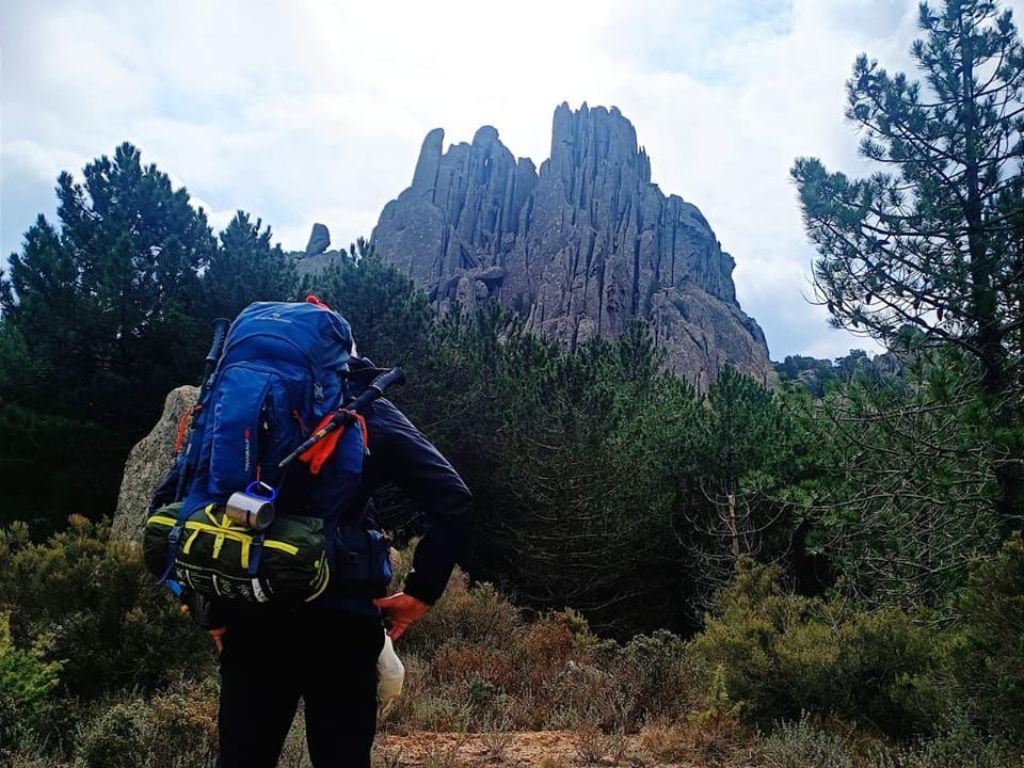Welcome to the comprehensive article on Everest Base Camp, the starting point for epic mountaineering challenges and an unforgettable experience in the heart of the Himalayas. In this article, we will explore everything you need to know to plan and embark on a trekking adventure to Everest Base Camp, from the best seasons to visit to the challenges and wonders that await you along the journey.
Everest Base Camp: A Complete Guide for an Unforgettable Himalayan Adventure
General Information
In the first paragraph, we will provide basic information about Everest Base Camp, such as its geographical location, altitude, and historical significance as a starting point for Everest expeditions. We will use relevant SEO keywords to help readers organically find the article.
The Best Season to Visit Everest Base Camp
The best seasons to reach Everest Base Camp are during spring (March-May) and autumn (September-November). These two seasons offer more favorable weather conditions and are considered the best for trekking and reaching Base Camp. Here are some reasons why these seasons are recommended:
Spring (March-May):
- Moderate Temperatures: During spring, temperatures are milder, with daytime temperatures ranging from 10°C to 20°C at lower elevations. This makes trekking more enjoyable and comfortable.
- Rhododendron Blooms: The rhododendron forests along the trail are in full bloom, creating a spectacle of vibrant colors and a captivating atmosphere.
- Better Visibility: Spring generally offers clearer skies and better visibility, allowing you to admire the Himalayan peaks and the surrounding landscapes in all their magnificence.
- Festive Atmosphere: During this season, Sherpa villages along the route celebrate traditional festivals, offering a unique opportunity to immerse yourself in the local culture.
Autumn (September-November):
- Moderate Temperatures: Autumn also offers pleasant temperatures, with daytime temperatures ranging from 10°C to 15°C at lower elevations. Nights can be cooler, but overall, conditions are comfortable for trekking.
- Excellent Visibility: Autumn provides excellent visibility, with clearer and crisper skies. This allows you to admire Everest and the surrounding mountains in all their grandeur.
- Low Probability of Precipitation: During autumn, precipitation is generally lower compared to summer, reducing the risk of rain or snow that could hinder trekking.
- Peak Season Period: Autumn is the peak period for Everest trekking, so you may encounter more hikers along the route and share the experience with an international group of trekking enthusiasts.
Both of these seasons offer excellent opportunities to have an unforgettable experience at Everest Base Camp. The choice between spring and autumn depends on your personal preferences, but both provide ideal weather conditions for a rewarding trekking experience.
Physical and Mental Preparation for Everest Base Camp Trek
Physical and mental preparation is essential to successfully tackle the Everest Base Camp trek. Below, I'll outline some important aspects to consider during your preparation:
- General Physical Condition: Trekking to Everest Base Camp requires good physical fitness. Engaging in a cardiovascular training program, such as running or cycling, will improve endurance and cardiorespiratory efficiency. Leg training, including uphill and downhill exercises, will help strengthen leg muscles for tackling steep ascents along the route.
- Altitude-Specific Training: Acclimatization to altitude is essential to prevent the onset of altitude sickness. You can simulate high-altitude conditions by hiking in the mountains, preferably above 3,000 meters, to allow your body to gradually adapt to higher altitude conditions.
- Mental Resilience: Trekking to Everest Base Camp can be physically and mentally demanding. Developing a resilient and positive mindset is important to overcome challenges along the way. Determination, patience, and motivation are crucial to navigate tough moments and maintain enthusiasm during the journey.
- Altitude Sickness Education: Understanding the symptoms and precautions of altitude sickness is crucial. Educating yourself about Acute Mountain Sickness (AMS) symptoms and preventive measures, such as staying hydrated, gradually ascending in altitude, and getting adequate rest, will help ensure a safe and enjoyable ascent.
- Proper Equipment: Ensure you have the appropriate equipment to deal with the trekking conditions at Everest. This includes suitable clothing for variable temperatures, sturdy trekking boots, a comfortable backpack, a sleeping bag suitable for mountain temperatures, and other essentials like trekking poles, sunglasses, and high SPF sunscreen.
- Medical Consultation: Before embarking on a venture like the Everest Base Camp trek, it's advisable to consult a doctor for a check-up and obtain any specific advice or prescriptions based on your personal conditions.
Remember that good physical and mental preparation will help you tackle the challenges of the Everest Base Camp trek safely and rewardingly. Take the necessary time to prepare adequately and be mindful of your limits during the experience.
Itinerary and Highlights Along the Route
The route to reach Everest Base Camp is filled with adventures and breathtaking views. Below, I'll present a possible itinerary with the highlights along the way:
- Day 1: Arrival in Lukla (2,860 m) Your journey begins with a scenic flight from Kathmandu to Lukla, a charming mountain town. From here, you will start trekking along the trail that leads to Everest.
- Day 2-3: Trek from Lukla to Namche Bazaar (3,440 m) The trail winds through rhododendron forests, crosses rushing rivers, and will take you to Namche Bazaar, a vibrant trading center in the Himalayan region.
- Day 4: Rest day in Namche Bazaar It's important to give your body the necessary time to acclimatize to the altitude. You can explore Namche Bazaar, visit the Sagarmatha Museum, and immerse yourself in Sherpa culture.
- Day 5-6: Trek from Namche Bazaar to Tengboche (3,870 m) and Dingboche (4,410 m) The trail continues through a series of picturesque Sherpa villages and will take you to Tengboche, famous for its Buddhist monastery. From there, you'll continue trekking to Dingboche, surrounded by spectacular mountain views.
- Day 7-8: Rest days in Dingboche for acclimatization Once again, you'll take some time to adjust to the altitude. You can take local hikes to explore the surrounding valleys and enjoy views of the majestic Himalayan peaks.
- Day 9-10: Trek from Dingboche to Lobuche (4,910 m) and Gorak Shep (5,164 m) The trail becomes more challenging as you approach Everest Base Camp. You'll pass through the village of Lobuche and reach Gorak Shep, your last stop before Base Camp.
- Day 11: Excursion to Everest Base Camp (5,364 m) Finally, the long-awaited moment! You'll head to Everest Base Camp, an exciting destination for climbers from around the world. Take in the epic panorama and immerse yourself in the unique atmosphere of this legendary destination.
- Day 12: Climb to Kala Patthar (5,545 m) and return to Gorak Shep To complete your adventure, climbing Kala Patthar is an opportunity not to be missed. From its summit, you can enjoy a breathtaking view of Everest and the surrounding mountains. Afterward, you'll return to Gorak Shep for the night.
- Day 13-14: Return via the trekking route to Lukla You'll start your journey back by following the trekking route through the villages you crossed on the way. You'll cross rivers and enjoy the last spectacular Himalayan views.
- Day 15: Flight from Lukla to Kathmandu Your adventurous trek concludes with a flight from Lukla to Kathmandu. You can reflect on your incredible experiences and carry with you indelible memories of this extraordinary Himalayan adventure.
Remember that this is just a possible itinerary and it might be subject to variations based on your preferences and weather conditions. It's crucial to be well-prepared and rely on an experienced guide to successfully tackle the Everest Base Camp trek.
Practical Guide for Accommodation and Food at Everest Base Camp
During the Everest Base Camp trek, you'll have various accommodation options along the route. Here's an overview of the available accommodation and food options along the way:
- Tea House Lodges: Tea House Lodges are the most common type of accommodation along the route. They are guesthouses or lodges managed by the local Sherpa community. They offer simple yet comfortable rooms with beds, blankets, and shared toilet facilities. Some tea house lodges also have pay-to-use hot shower services. These accommodations provide a unique opportunity to immerse yourself in local culture and interact with residents.
- Camping Tents: If you prefer a more adventurous experience or if your itinerary includes more remote stops, you can opt for camping. Trekking agencies can provide you with camping tents and necessary equipment. However, it's important to note that camping may require more organization and logistics, including meal preparation.
Regarding food, most tea house lodges along the route offer menus with a variety of food options. You can find dishes such as pasta, rice, soups, pancakes, eggs, chicken, vegetables, and more. It's advisable to avoid raw or undercooked foods to prevent food hygiene-related health issues.
Staying well-hydrated is important during trekking. You can purchase bottled water along the route, but it's also recommended to carry a water purification system, such as tablets or filters, to safely drink spring or river water.
Careful meal planning is recommended, and make sure to consume energy-rich and nutrient-dense foods to sustain the physical effort required by high-altitude trekking. Complex carbohydrates, lean proteins, and nutrient-rich foods are important to maintain strength and energy during trekking.
Lastly, it's always a good idea to inform tea house lodges in advance of your expected arrival to ensure room availability. During peak seasons, advance reservations are advised to secure your accommodation along the Everest Base Camp route.
Conclusion
In conclusion, Everest Base Camp offers a unique and unforgettable experience for adventure and mountain enthusiasts. Through this article, we've provided a comprehensive guide with useful information to plan your journey to Everest Base Camp. Always remember the importance of good preparation and following guidelines to ensure a safe and rewarding experience. Prepare to be captivated by the majestic beauty of the Himalayas and to face a challenge that will remain in your heart forever.








